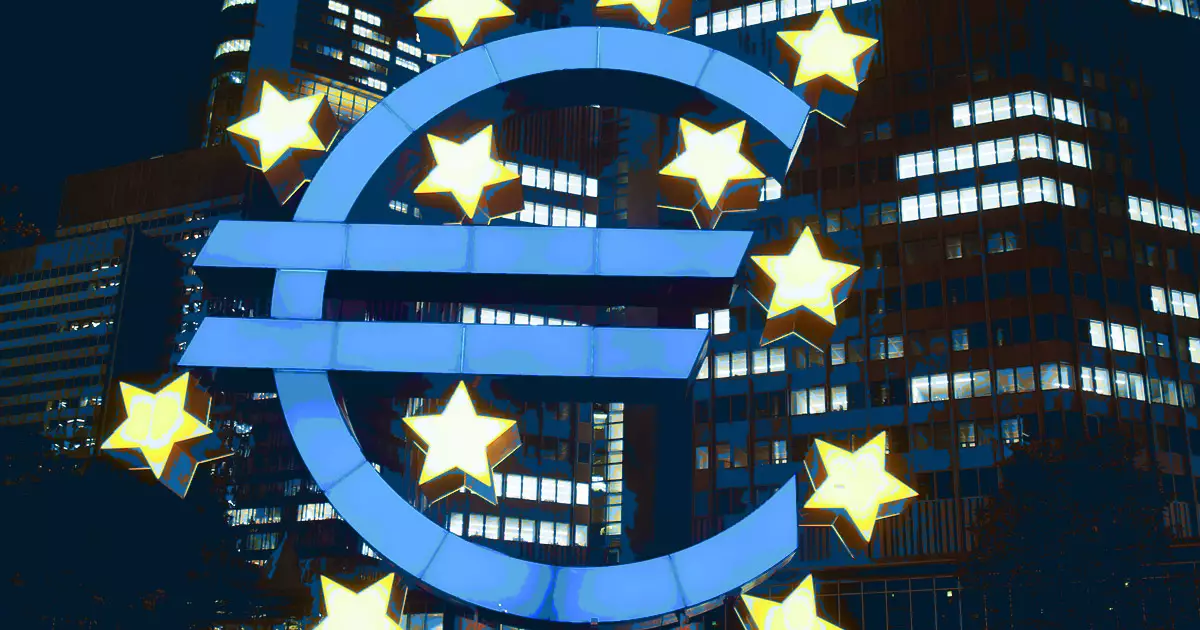In an age characterized by rapid technological advancements, the financial landscape is undergoing a fundamental transformation. Piero Cipollone, a prominent member of the European Central Bank’s (ECB) Executive Board, recently articulated the case for Europe to adopt digital assets and distributed ledger technology (DLT) in a speech at the Bundesbank Symposium. His arguments underline the urgent need for an integrated capital markets union that could significantly reform the fragmented European financial system, presenting both challenges and opportunities.
Cipollone highlighted the inefficiencies stemming from Europe’s diverse financial infrastructure, which includes 35 distinct listing exchanges and 41 trading platforms. Such fragmentation results in increased intermediation costs and inhibits the seamless flow of capital. Moreover, even with initiatives like TARGET2-Securities aimed at harmonizing securities settlements, significant regulatory hurdles persist. The inconsistent legislative landscapes across different EU member states further complicate this situation, causing delays in the realization of a cohesive capital market.
The existing framework, Cipollone argues, is akin to navigating a maze where each turn introduces additional obstacles. The lack of unified supervision and a permanent safe asset perpetuates a state of disarray, making Europe’s capital markets less competitive on the global stage. Hence, there is a clarion call for intensified efforts to align regulations, particularly considering the rapid emergence of digital assets.
The Role of Tokenization in Financial Transformation
An essential aspect of Cipollone’s discourse revolves around the dawn of tokenization—an innovative process that leverages DLT to issue various assets, facilitating a more efficient market ecosystem. Tokenization presents an opportunity to circumvent traditional market inefficiencies by enabling real-time transactions without reliance on centralized databases. This pioneering approach not only improves market liquidity but also cuts down transaction costs, thereby enhancing overall market efficiency.
Cipollone’s vision underscores a transition from traditional bookkeeping systems to a future where transactions are executed in a decentralized and synchronized manner. The fact that over 60% of EU banks are exploring DLT solutions, with a tangible subset already using these applications, suggests a readiness for this transformation. However, Cipollone cautioned that much remains to be accomplished to unlock the full potential of DLT and tokenization, which includes overcoming legal and regulatory challenges.
In his address, Cipollone issued a clarion call to public authorities and stakeholders to act swiftly in fostering the transition towards digital markets. He underscored the importance of central bank money as a critical settlement asset within this transformative journey. To that end, Cipollone proposed the establishment of a European ledger—a unified platform where digital assets, commercial bank money, and central bank money can coexist, promoting interoperability among various systems.
This innovative approach doesn’t just represent a technological shift; it also entails a strategic re-alignment of how financial services are delivered. By reducing multiple barriers to entry and offering a streamlined infrastructure for financial institutions and central securities depositories (CSDs), a European ledger promises to facilitate smoother capital market integration.
The Risks of Fragmentation in a Digital Future
Despite the promising framework laid out by Cipollone, there remains a pressing concern: if DLT adoption is not orchestrated properly, the risk of further fragmentation looms large. Without a collaborative approach among regulators, central banks, and market participants, individual countries or institutions may end up developing isolated platforms, ultimately exacerbating the existing departmentalization of European markets. It is imperative that Europe not only adapts but also leads in the digital capital market evolution, lest it risk falling behind other global financial hubs.
Cipollone’s insights at the Bundesbank Symposium offer a roadmap for achieving a unified and efficient capital market in Europe through the embrace of technology. As the financial industry stands on the brink of digital metamorphosis, the need for regulatory harmonization and collaborative infrastructure has never been more critical. By adopting tokenization and DLT, Europe has the opportunity to shape a more resilient, efficient, and competitive financial landscape—an endeavor that will require concerted action and visionary leadership from all stakeholders involved.



















Leave a Reply